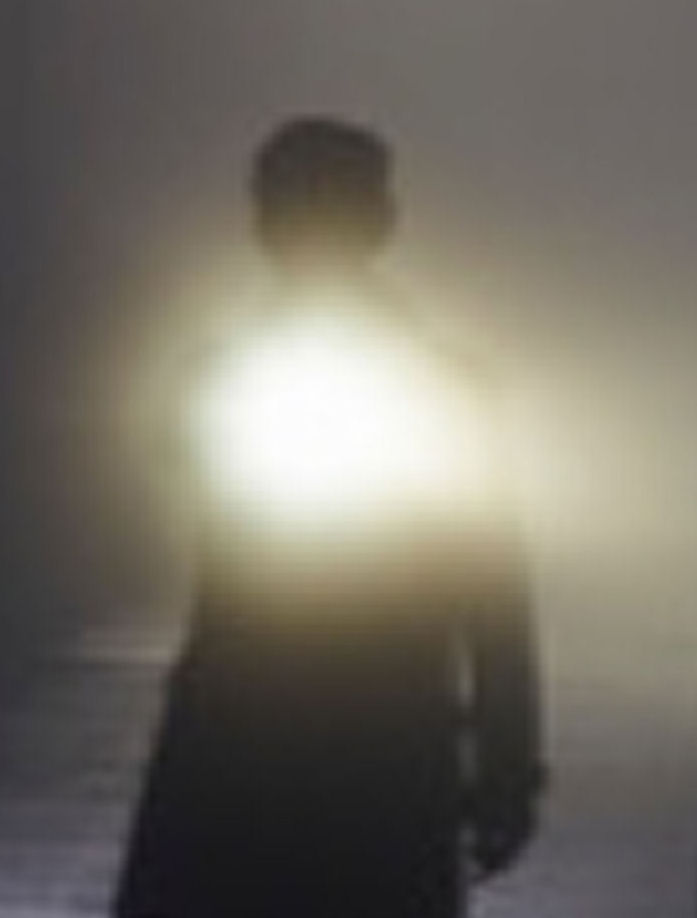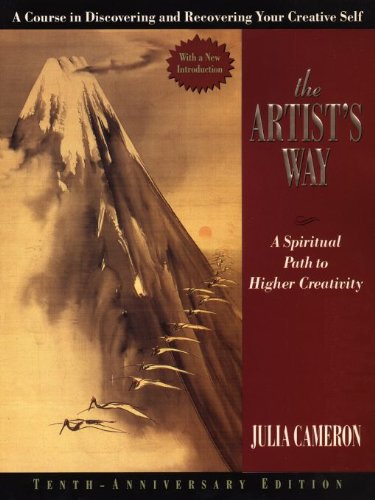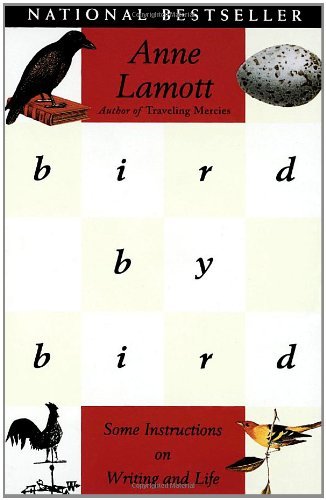 I’ve been working on a new story, but suddenly I’ve been away from it for a couple of weeks, and now I’m wallowing in doubts. When that happens, I start thinking about things like –where do our stories come from? That’s a question authors often hear from readers at book signings. Do we pluck them out of the ether? Are they gifts? Can we explain how two different thoughts may suddenly connect like flint and steel to spark a story inspiration? If we knew how it works, would it help us when we get stuck? Would it help us write faster? Better?
I’ve been working on a new story, but suddenly I’ve been away from it for a couple of weeks, and now I’m wallowing in doubts. When that happens, I start thinking about things like –where do our stories come from? That’s a question authors often hear from readers at book signings. Do we pluck them out of the ether? Are they gifts? Can we explain how two different thoughts may suddenly connect like flint and steel to spark a story inspiration? If we knew how it works, would it help us when we get stuck? Would it help us write faster? Better?
Since everyone’s creative process works differently, there’s no one answer, anyway, but visualization is most certainly part of it. At a recent workshop at my local writers group (RIRW), the subject was self-hypnosis, on the theory that improving ourselves also improves our writing. It was fascinating and covered a great deal, but one thing that struck me was the great similarity between the techniques of meditation and visualization that were presented by the speaker and the process of story creation. We joke a lot about writers staring off into space and claiming we’re working, but really, that “daydreaming” about our characters and what is happening to them is a lot like a self-induced hypnotic state. The relaxation required to get there helps open our creative receptors and allows the imagination to pull up the sights and sounds and people and events our stories grow from. Like most skills, it improves the more we practice it.
Some writer friends of mine who are very prolific tell me they are able to “skip around” in their stories, writing whatever scene they can ‘see” and eventually fitting all those pieces together. Often they have a view of the entire story, and can put the plot down on paper or even write a more-or-less detailed outline. I have to say I envy that ability! I am a linear writer. Until I know what the characters have done and said in the present scene, I don’t know what they are going to do later on. When it comes to work styles, writers are often classified as “planners” or “pantsers” (pantsers “fly by the seat of their pants” instead of by a map), but most writers fall somewhere in between, a combination. Those who can “see” most or all of their story undoubtedly can be “planners”. How lovely to have a road map!! Many of us –however much we wish otherwise– can’t see that far ahead. I always liken my process to that phrase you read above in the title –stumbling along in the fog at night armed with only a flashlight.
Writing is an act of faith –always. When you can only see a little bit at a time, it becomes a huge act of faith. You get stuck in blind alleys and have to back out. You always hope the path you are following is the right one, the one that will lead to a satisfying ending, the center of the maze. You have to believe there is a reason you were given this story idea in the first place!
 There are two resources I often turn to in times of doubt. One is The Artists Way by Julia Cameron. I believe the creative process is also spiritual, and the program of self-examination and inspiration this book lays out helps you to find and reinforce that connection. The other is Bird by Bird, by Anne Lamott, one of the best books of advice for writers. I can open this book to any page and be comforted, inspired, and amused all at once, but the advice to take the writing “bird by bird” (one small thing at a time) is huge when the job starts to appear overwhelmingly impossible.
There are two resources I often turn to in times of doubt. One is The Artists Way by Julia Cameron. I believe the creative process is also spiritual, and the program of self-examination and inspiration this book lays out helps you to find and reinforce that connection. The other is Bird by Bird, by Anne Lamott, one of the best books of advice for writers. I can open this book to any page and be comforted, inspired, and amused all at once, but the advice to take the writing “bird by bird” (one small thing at a time) is huge when the job starts to appear overwhelmingly impossible.
 If you write, what do you when a spell of doubting happens to you? Are you a planner or a pantser, or a combination? What resources do you turn to when your faith needs to be bolstered? Have you read the ones I mentioned? If you’re a reader, have you ever asked authors where their ideas came from? If you have, what answers did you get?
If you write, what do you when a spell of doubting happens to you? Are you a planner or a pantser, or a combination? What resources do you turn to when your faith needs to be bolstered? Have you read the ones I mentioned? If you’re a reader, have you ever asked authors where their ideas came from? If you have, what answers did you get?
